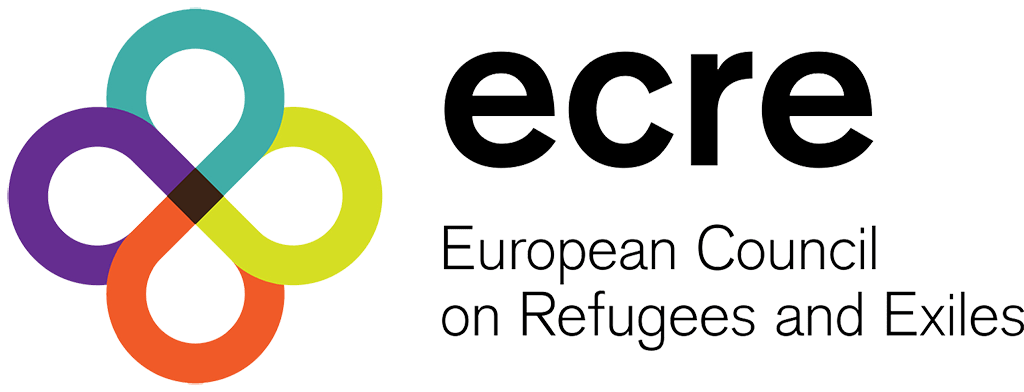11 July 2014
The European Asylum Support Office (EASO) has published this week its Annual Report on the Situation of Asylum in the European Union.
In 2013, 435,760 people applied for international protection in the EU – an increase of 30% when compared to 2012. 50,495 people fleeing the Syrian crisis applied for asylum in the EU, an increase of 109% when compared to the previous year.
According to EASO, Germany was the country receiving more asylum applications, followed by France, Sweden, the United Kingdom and Italy. The highest numbers of asylum applicants were from Syria, Russia and Afghanistan.
“The rise of the number of asylum seekers by 30% to reach 430,000 must be put into perspective of global refugee movements (highest numbers since World War II) and must especially be seen in the light of the Syrian crisis. Seen from an EU perspective, these numbers are – or should be – perfectly manageable, even if 70% of all applications are indeed lodged in only 5 EU Member States. The key answer to that phenomenon is, of course, solidarity,” stated Andreas Kamm, ECRE Chair and Secretary General of the Danish Refugee Council at the launch of the report.
The overall recognition rate at first instance was 34% and the highest recognition rates were noted for Syrians (90%), Eritreans (76%) and stateless persons (75%). The report notes that while almost all Syrian applicants received a positive decision across Member States, there was a significant variation in the status granted: in the UK, Denmark, France, Austria and Hungary, Syrians were granted refugee status, while in Sweden, Germany, Bulgaria, Belgium, Romania, Malta, Cyprus, Finland, Spain and the Czech Republic, Syrians were most commonly granted subsidiary protection.
EASO’s report also presents for the first time data on the functioning of the Dublin Regulation. According to the report, during the period 2008-2012, Member States requested another country to accept responsibility for around 35,000 people per year (outgoing Dublin requests). However, even though 80% of these requests were accepted, only 25% resulted in the asylum seeker being sent to the country accepting responsibility.
Andreas Kamm stressed that the Dublin Regulation continues to be the Achilles Heel of the Common European Asylum System and called on the European Parliament and the Commission to take the necessary steps to launch a debate on alternatives to the Dublin system.
This article originally appeared in the ECRE Weekly Bulletin of 11 July 2014.
You can subscribe to the Weekly Bulletin here.
